API Unit Testing - Carefully Analyse APIs Now!
API unit testing isolates & tests individual functionalities, catching bugs early & preventing future headaches. It ensures each API piece works as planned, leading to a more reliable & maintainable system.
An API's testing phase may be one of the longest and most tedious stages of an API lifecycle. To ensure that no flaws revolve around the API, API developers do their utmost best to remove any problems that an API may exhibit. One of these methods is API unit testing.
Apidog, a comprehensive API development tool, does not have this restriction. Apidog allows users to build, mock, test, and document APIs conveniently within a single app, so you no longer need multiple tools to create an API!
If Apidog sounds like a solution to your API problems, start downloading Apidog today by clicking on the button below! 👇 👇 👇

What is API Unit Testing?
API unit testing is a meticulous approach beyond simply testing an entire API endpoint. API uni testing involves ensuring individual functionalities within an endpoint work as intended, even if these functionalities might interact with other parts of the system.
API unit testing should also not be confused with API health checks and validation testing. Although they both sound like they "test" the APIs to ensure they are running smoothly, they have minute differences!


Goals of API Unit Testing
1. Validating Functionality with Precision:
- Accuracy of Inputs and Outputs: The primary objective is to verify the endpoint processes various inputs – valid data, invalid data, edge cases (unusual scenarios) – and delivers the anticipated outputs. This ensures the endpoint functions as designed across a spectrum of situations.
- Error Handling Efficiency: Testing how the endpoint handles errors is crucial. Scenarios like missing data, invalid formats, unauthorized access, or server errors are simulated. The test verifies the endpoint throws appropriate error messages or takes the expected corrective actions.
2. Isolation for Focused Scrutiny:
- Mocking Dependencies: While an endpoint might interact with databases, external services, or other APIs, unit testing aims to isolate the endpoint's core logic. This is achieved by using mocks and stubs. Mocks simulate the behavior of external dependencies, allowing you to control their responses and isolate the endpoint under test.
- Focus on Endpoint Logic: By isolating dependencies, the test concentrates solely on the logic within the endpoint itself. This eliminates external influences and ensures the endpoint's internal workings function as intended.
3. Early Bug Detection: Nip it in the Bud:
- Catching Bugs Early: By testing individual functionalities, bugs can be identified and addressed during the initial development stages. This prevents them from propagating into larger issues later in the development cycle. Early detection saves time and resources associated with fixing bugs later in the process.
- Preventing Regressions: When changes are made to the code, well-written unit tests act as a safeguard. Running the tests after code modifications ensures these changes haven't unintentionally broken existing functionalities within the endpoint.
4. Maintainability: Building a Documented API:
- Self-Documenting Tests: Well-designed unit tests serve as living documentation for the API. They illustrate how the endpoint should behave for various inputs and scenarios. This makes it easier for developers to understand the API's functionality and simplifies future modifications.
- Clear Communication: Unit tests can act as a communication tool between developers. They establish a shared understanding of the expected behavior for each endpoint, facilitating collaboration and code reviews.
API Unit Testing Key Aspects

1. Mocking and Stubbing:
- Isolating Dependencies: Mocking and stubbing are techniques used to isolate the functionality being tested within an API endpoint. Mocks and stubs act as simulated representations of external dependencies like databases, external services, or other APIs.
- Controlling Behavior: You have control over the behavior of these mocks and stubs. You can define the data they return, the actions they take, and how they respond to the endpoint's requests. This allows you to test the endpoint's logic in a controlled environment, independent of external influences.
- Examples: Popular mocking frameworks like Mockito (Java) or Sinon.JS (Javascript) allow you to create sophisticated mocks that mimic real-world dependencies with varying degrees of complexity.
2. Testing Frameworks and Libraries:
- Test Organization and Execution: Testing frameworks provide structure and organization for your unit tests. They allow you to group related tests, run them in sequence, and manage dependencies between tests.
- Assertion Libraries: These libraries offer a way to express expected outcomes from your tests. You can write assertions that compare the actual results of the test with the anticipated results. Popular choices include JUnit's assertions (Java) or Chai (Javascript).
- Additional Features: Many frameworks offer additional features like test fixtures (setting up test environments), test runners (executing tests), and reporting tools.
3. Assertions:
- Verifying Expected Behavior: Assertions are statements that verify the endpoint's behavior meets your expectations. They compare the actual output of the test with the anticipated outcome based on the provided input.
- Clarity and Readability: Assertions should be clear and easy to understand, documenting the intended behavior of the endpoint.
- Examples: Assertions might verify the presence or absence of data in the response, the value of specific fields, or the status code returned by the endpoint.
4. Focus on Functionality, not Implementation:
- Testing What Matters: API unit tests should focus on validating the functionality exposed by the endpoint, not the specific implementation details of the code. This makes the tests more maintainable as the underlying code implementation might change over time.
- Black Box vs White Box: API unit testing adopts a black-box approach, treating the endpoint as a black box and focusing on inputs and outputs. This is in contrast to white-box testing, which examines the internal workings of the code.
5. Integration with Development Workflow:
- Continuous Integration: Ideally, unit tests should be integrated into your continuous integration (CI) pipeline. This ensures the tests are run automatically after code changes, providing immediate feedback on any regressions or broken functionalities.
- Developer Experience: Tools and frameworks should make writing and running unit tests a smooth experience for developers. This encourages them to write more tests and integrate testing into their development process.
Importance of API Unit Testing
1. Catch Bugs Early, Save Time and Money:
Think of unit tests as quality inspectors for your API. They meticulously examine each endpoint, ensuring it functions as intended with various inputs. This proactive approach helps identify bugs early in the development process before they become bigger issues.
Imagine finding a tiny crack in a car's windshield during construction versus discovering a shattered one after it rolls off the assembly line – that's the difference between catching bugs early and dealing with them later. Early detection saves time, resources, and frustration for everyone involved.
2. Build Confidence and Embrace Change:
With a comprehensive suite of unit tests in place, developers gain confidence in the API's stability. They can make changes to the codebase knowing that the tests will act as a safety net, catching any regressions or unintended side effects.
This fosters a more agile development environment where innovation and experimentation are encouraged. Think of it like having a safety harness while rock climbing – it empowers you to explore new features without the fear of a major fall.
3. Deliver a Reliable and Predictable API:
Just like you wouldn't trust a car that sputters and stalls unpredictably, users depend on APIs to function consistently. Unit testing helps ensure your API behaves as expected in different scenarios. This translates to a more reliable and predictable user experience.
Imagine a vending machine that dispenses the wrong item half the time – that's the frustration users experience with an unreliable API. Unit testing helps avoid such scenarios.
4. Maintain a Clean and Documented Codebase:
Well-written unit tests act as living documentation for your API. They clearly outline the expected behavior for each endpoint under various conditions. This makes it easier for new developers to understand the codebase and contribute effectively.
Think of unit tests as clear instructions for maintaining your machine – they ensure everyone working on it understands how it functions.
Apidog - Create Automated Tests in Predetermined Environments
An API tool suitable for developers who wish to increase their efficiency is Apidog, an all-in-one API development tool that facilitates multi-stage testing cases called testing scenarios.

Aside from rigorous testing, you can also create and modify new or existing APIs. The only thing that stops you from doing it is yourself!
Individual API Request Testing Using Apidog
With Apidog, you can test API endpoints individually. This can be preliminary tests that you can run before diving deeper with API unit testing methods. However, before you make the requests, you might have to read the API endpoint documentation to ensure that you know what to expect from the API.
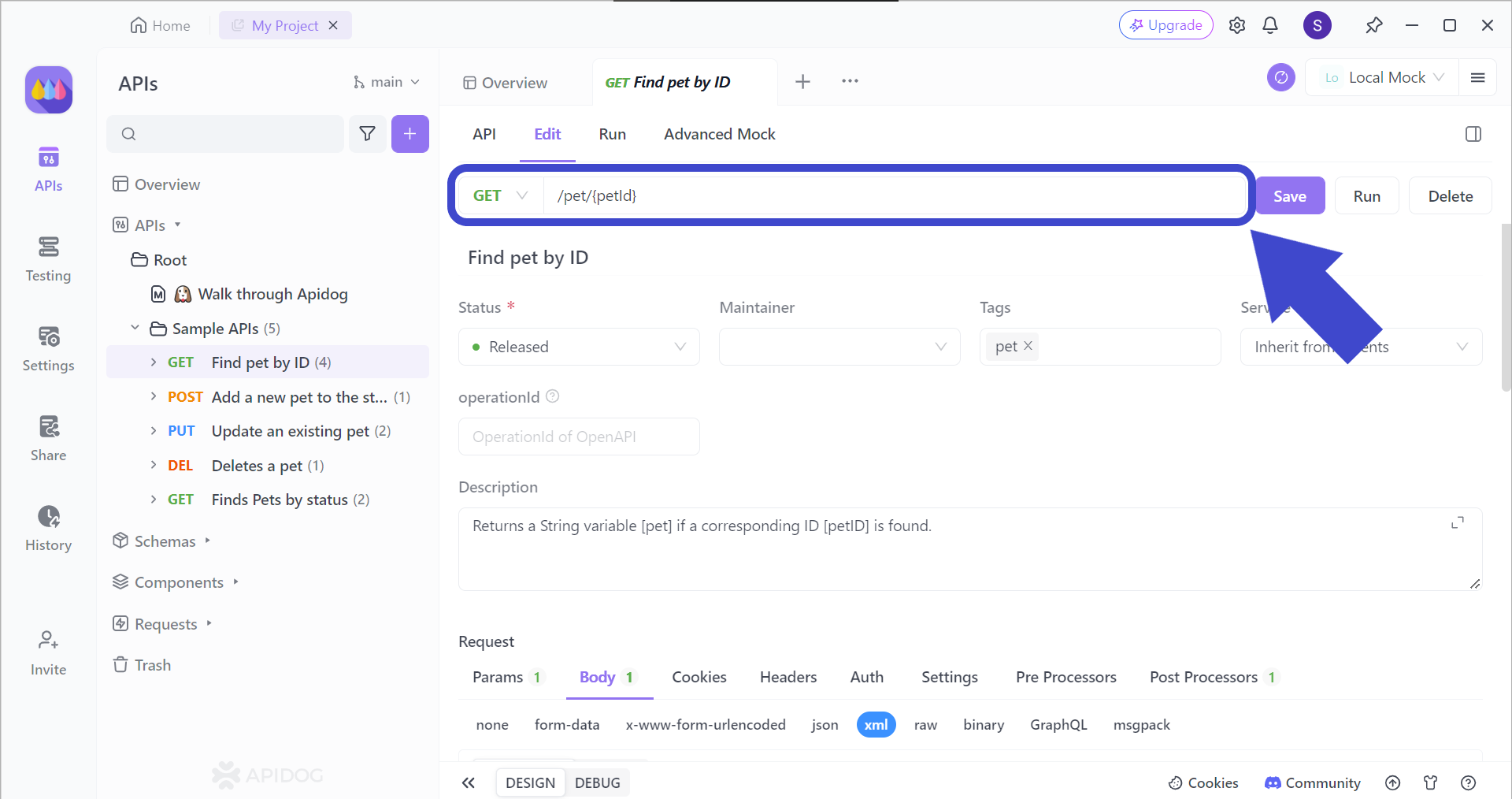
To target the correct API endpoint, you first have to insert the corresponding API endpoint that you want to test. Once you have included the intended API URL, include the parameters that you want to use for the endpoint (if relevant).
In case you are unfamiliar with passing multiple parameters in an API URL, check out this article to find out how you can specifically target a resource inside a rich collection of data!

Creating a Testing Scenario for Your API Using Apidog
Testing scenarios are a much more realistic feature that simulates real-world situations. With Apidog, you can simulate potential scenarios where users and APIs might face, and therefore understand their respective interactions.

Firstly, hit the Testing button, followed by the + New Test Scenario button.
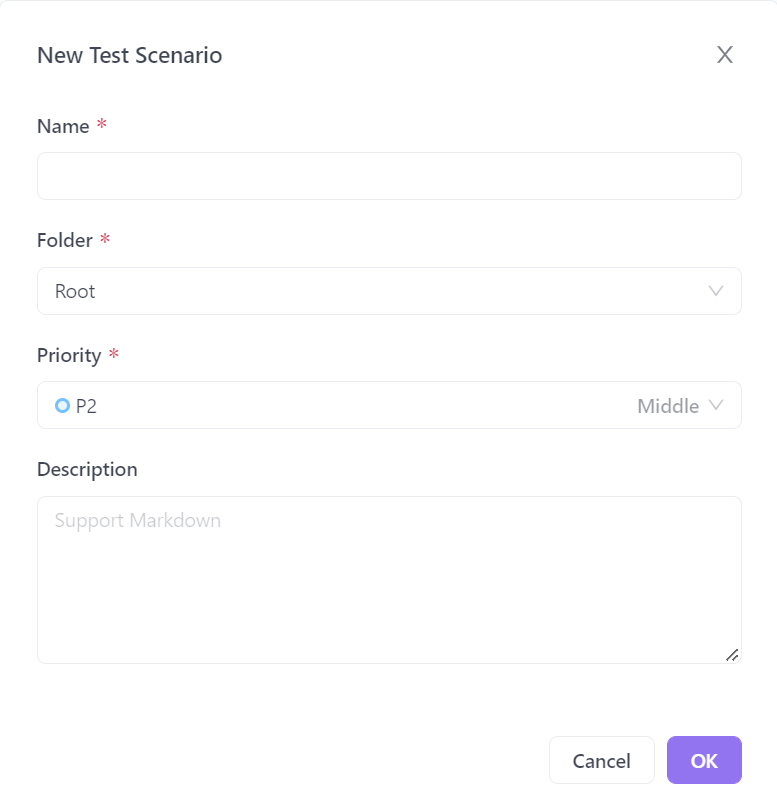
Apidog will prompt you to fill in the details for your new test scenario. Make sure to give it a proper name so its function is predictable.
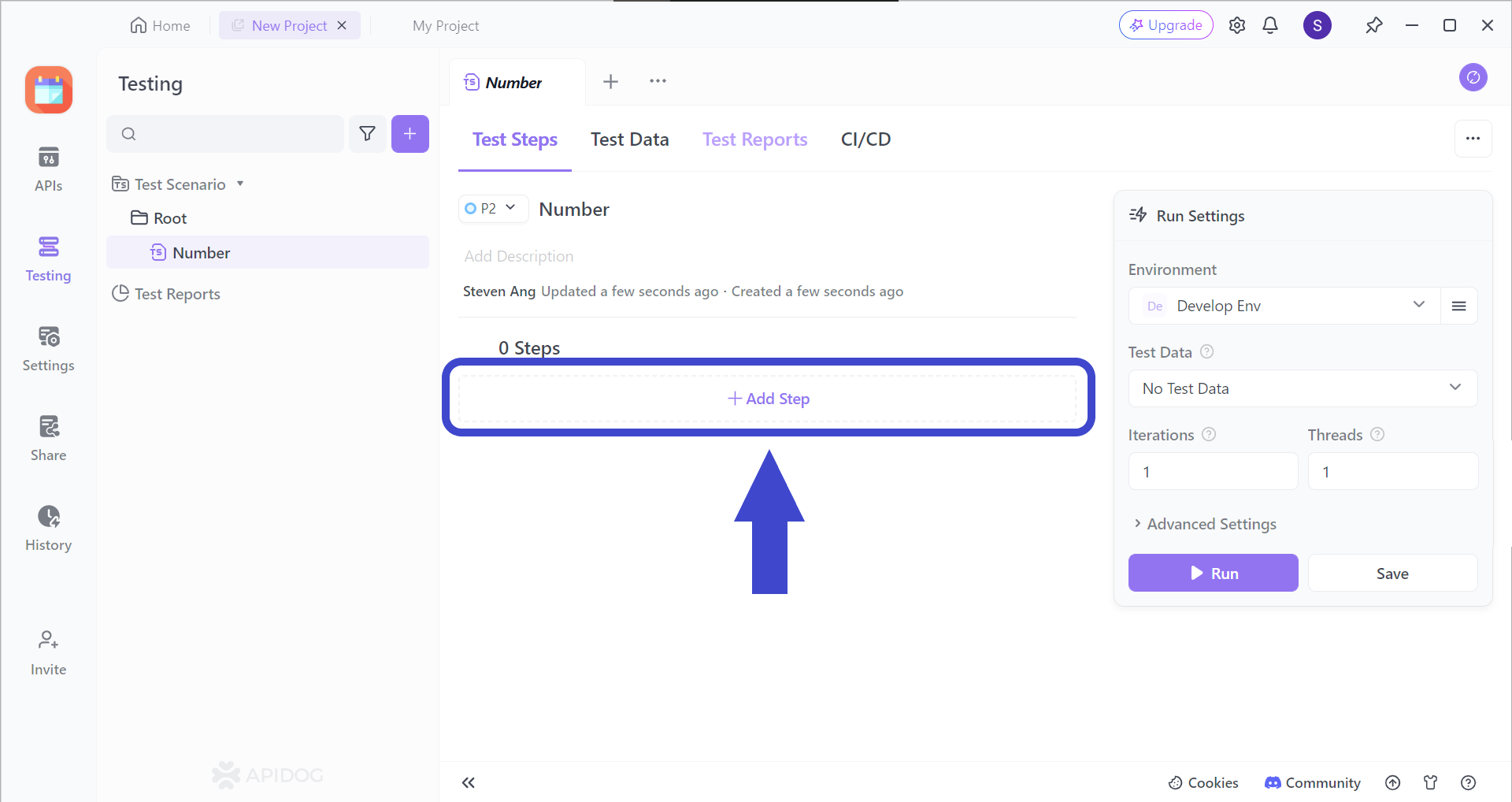
Continue by adding a step (or many more steps) to your test scenarios by clicking on the Add Step section. You should be able to see the image below.
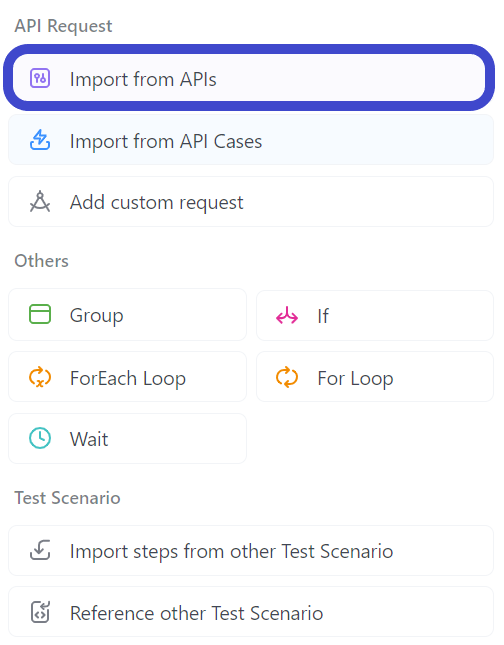
Select "Import from API" from the drop-down menu.
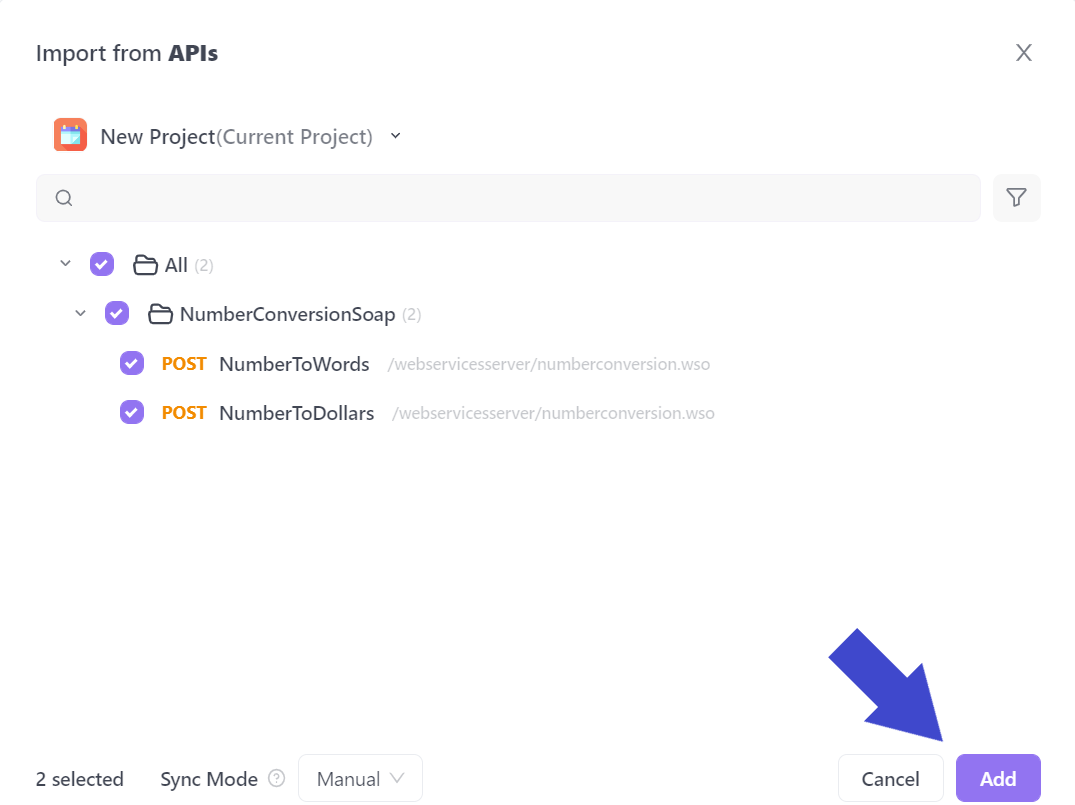
Next, select all the APIs you would like to include in your test scenario. In the example above, the API called NumberConversionSOAP has been included.
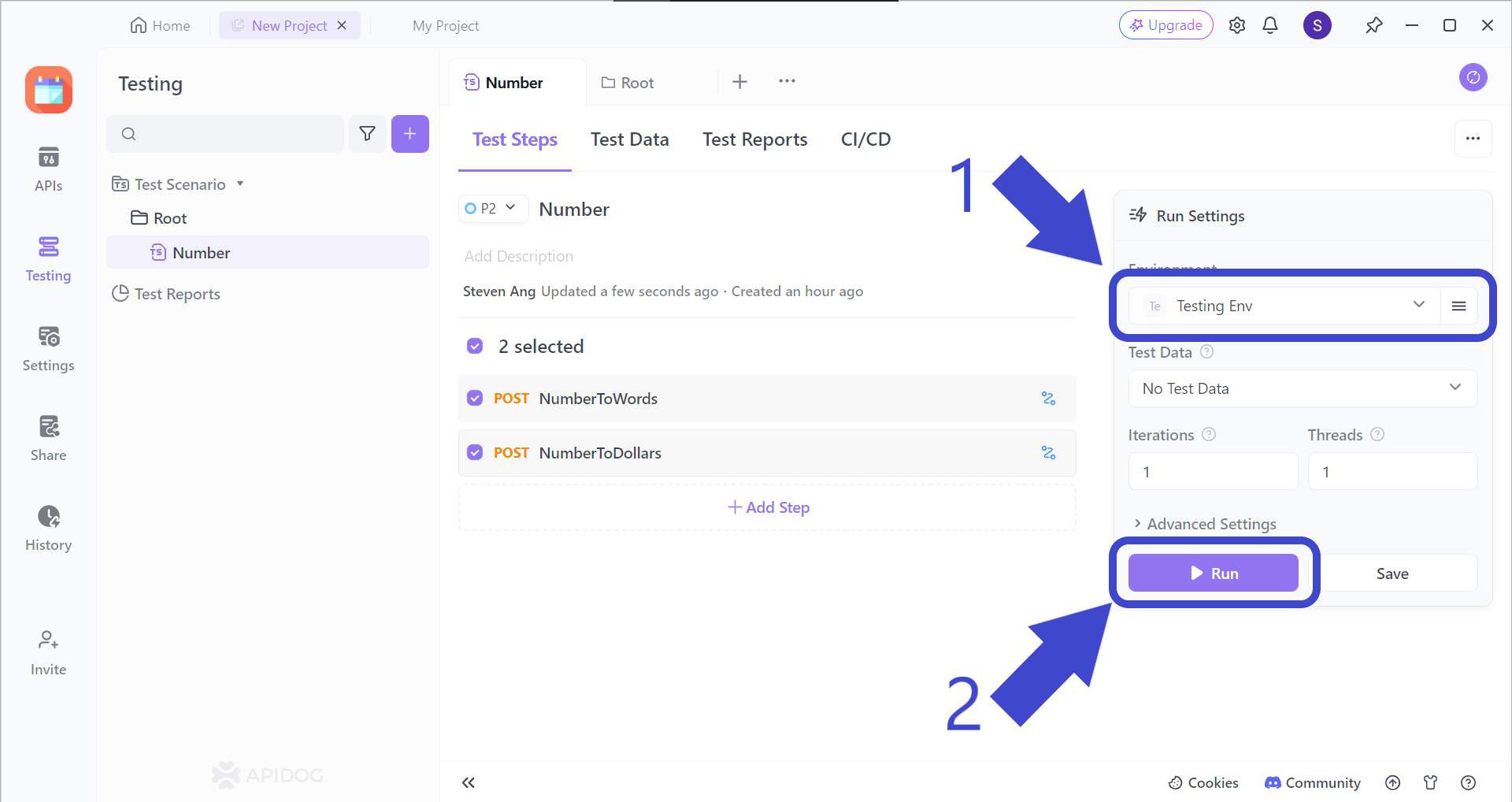
Before hitting the Run button to start your test scenario, make sure to change the test scenario environment, which should be Testing Env, as pointed out by Arrow 1.
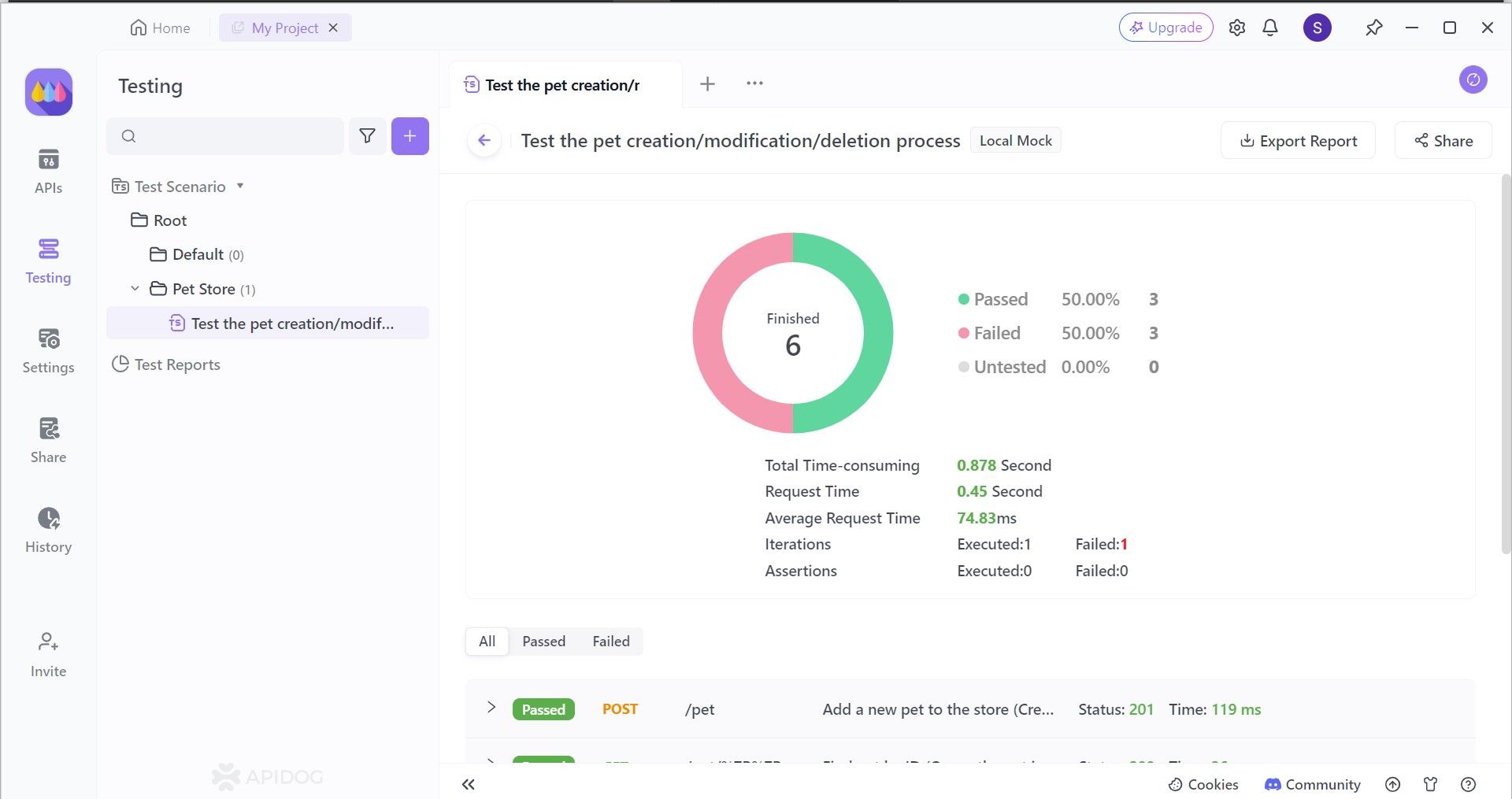
Once the testing scenario is complete, you are returned a condensed, rich analysis of your API's performance. You can see how much time is consumed, along with other factors that you may see significant in your API. Leverage the details of your API performance to compete with your competitors!
Conclusion
API unit testing serves as a critical cornerstone for building robust and reliable software. By isolating and testing individual API functionalities, developers can identify and fix bugs early in the development cycle, preventing them from cascading into larger issues later. This focus on granular testing fosters a more maintainable codebase, simplifies future modifications, and ultimately leads to a more positive user experience by ensuring APIs function as intended.
Furthermore, a well-established suite of unit tests acts as a safety net during the development process. As code evolves, unit tests provide a regression check, guaranteeing that changes haven't unintentionally broken existing functionalities. This not only saves development time but also instills confidence in the overall stability of the API. By investing in thorough API unit testing, developers can deliver high-quality APIs that empower seamless integration and foster a foundation for long-term success.
If you wish to find an API tool that can facilitate your API testing requirements, you should consider choosing Apidog - epsecially if you anticipate developing more APIs of your own or with your team. With Apidog, you can collaborate online with other developers in creating the API of your imagination.







